Meet the Boy Raised By Wolves, Along With Several Other Feral Children
We’ve all heard phrases like, “What, were you raised by wolves?” For most, this is a far-fetched phrase meant to convey savagery or lack of decorum. This far-fetched expression was the harrowing reality for a young Indian boy who was discovered by hunters in 1872 in the jungles of India.
Dina Sanichar is alleged to have been the inspiration for the story (turned Disney Movie) The Jungle Book, after he was found feral, walking on all fours with a pack of wolves. This is his story.
A Ghostly Form
A group of hunters were stopped in their tracks on a trip one day in the Indian jungle, Uttar Pradesh, one day in 1872. They were completely bewildered by what stood before them. A young and rather small child, wandering around the jungle on all fours.
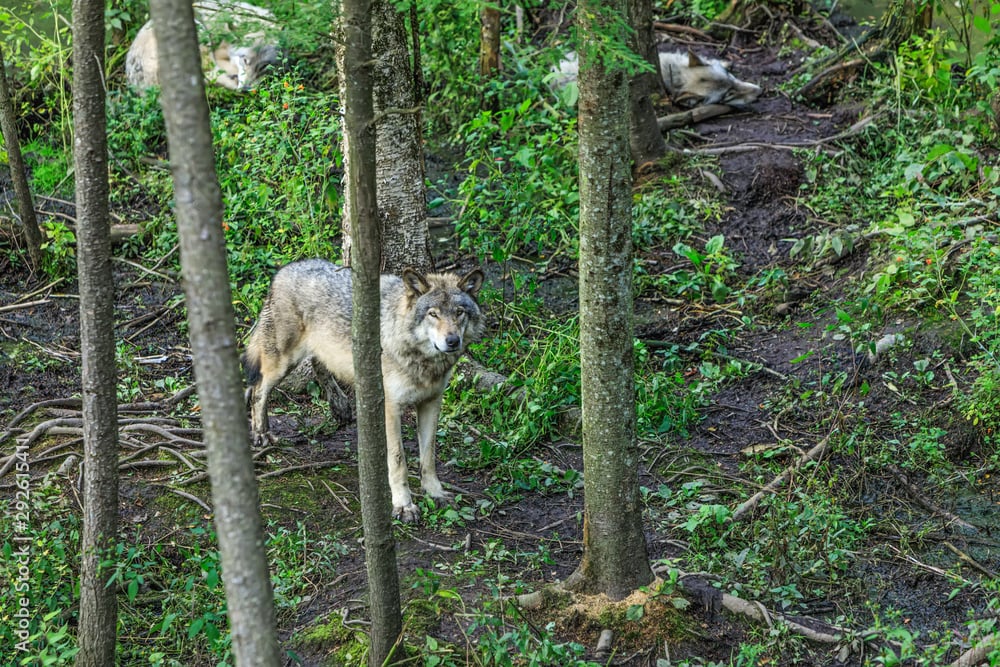
Source: facebook
Ahead of him, a pack of wolves, looping through the trees, wandered past and retreated into a cave.
Smoking Him Out
The hunters felt that they could not leave the strange looking child in the jungle alone with the wolves and opted to try and retrieve him from the cave. They decided the best way to get him would be to smoke the wolves and the boy out of the cave.
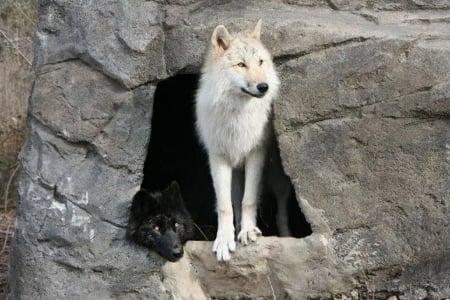
Source: prweb.com
The hunters lit a fire outside the cave and laid in wait as the creatures came running out of the cave. The hunters killed each wolf that came out, killing the entire pack. When the boy came out they snatched him and took him with them.
The Start of a Difficult Journey
The hunters took the boy to an orphanage called Sikandra Mission Orphanage. The people around him did not know what to make of the child. He behaved in ways that they were not used to, and did not seem to speak any discernible language.
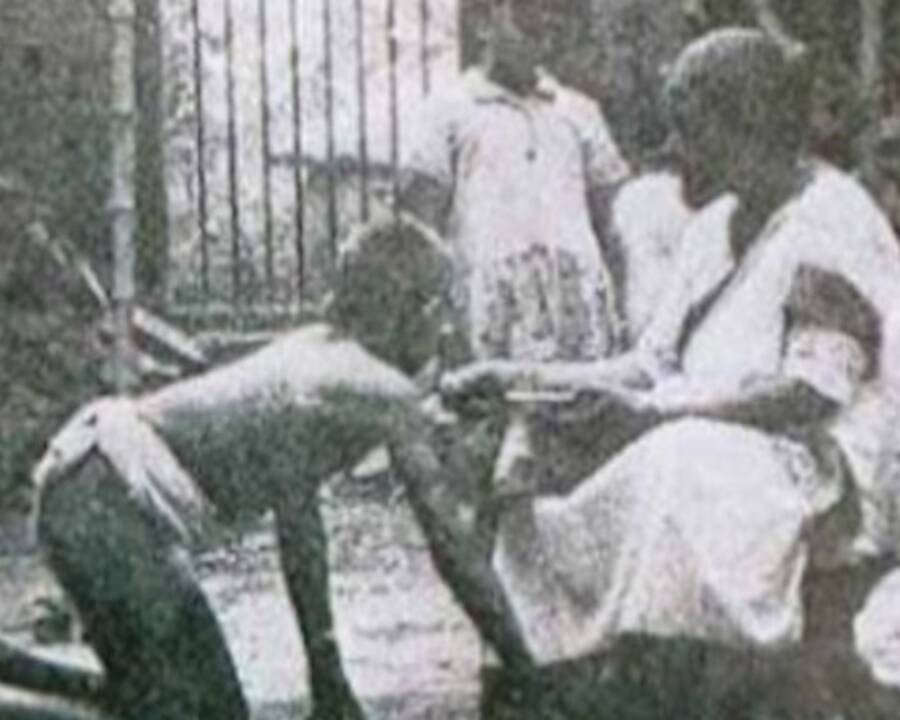
Source: allthatsinteresting.com
The missionaries began to call him “The Wolf Boy” as he had been discovered by wolves and was believed to have been raised by the wolves.
Strange Behavior
Some of the boy’s strange behavior included walking on all fours. He did not seem capable of walking upright on his two legs. Furthermore, he would only eat his meat raw and rejected any form of cooked food.
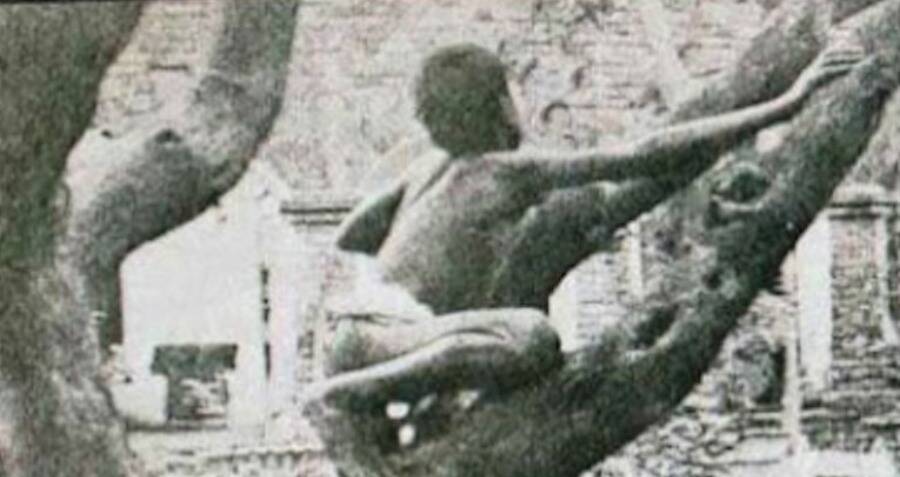
Source: allthatsinteresting.com
He also had a habit of gnawing on bones in order to sharpen his teeth. The people at the missionary did not know what to make of him or who he was.
The Wolf Boy is Given a Name
As the missionaries attempted to socialize the “Wolf Boy” by giving him cooked food and trying to teach him how to walk and talk, they also took it upon themselves to give him a human name. They decided to name him Dina Sanichar, the Hindi word for Saturday.
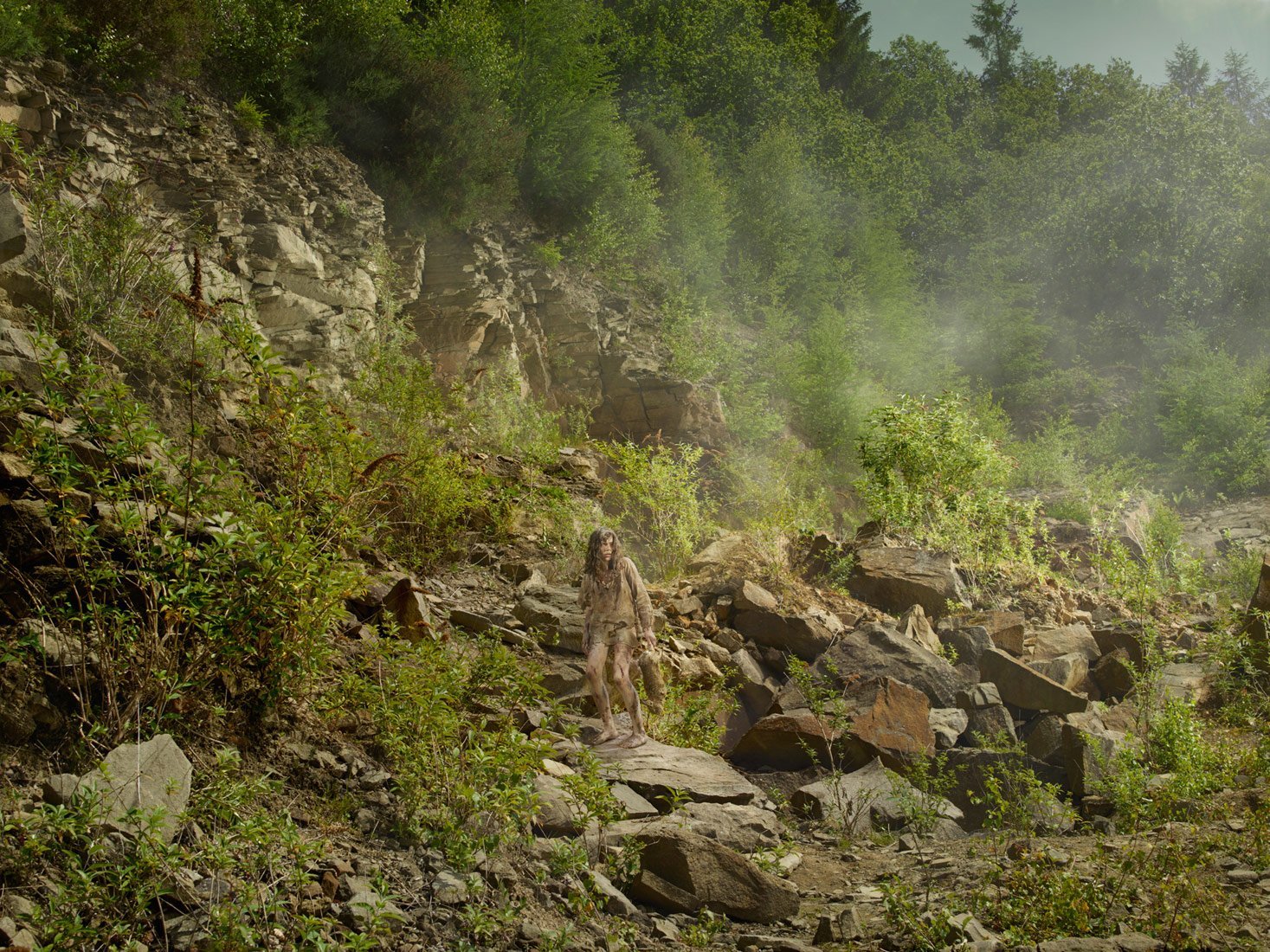
Source: rolloid.net
Though he was given a name, the missionaries still referred to Dina as the “Wolf Boy, not that the boy could understand what he was being called either way.
Language Barriers
Young Dina could not understand the language spoken to him, only making grunts and howls like the wolves he was raised by. A common practice for people to communicate with babies who cannot yet speak is to use sign language.
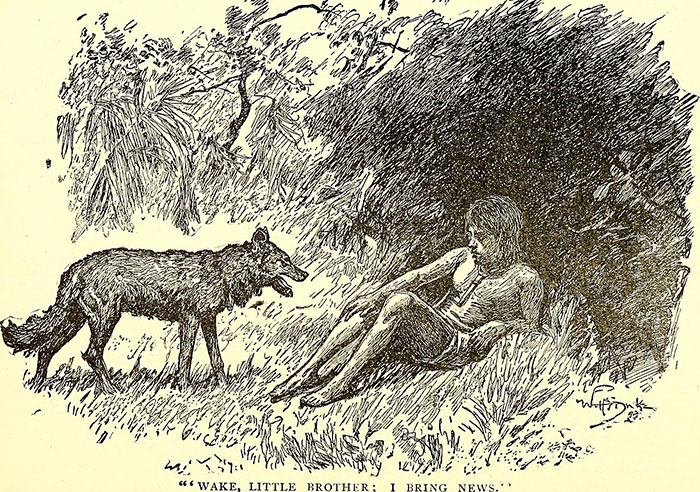
Source: onedio.com
The boy was not able to understand the signing as the wolves he had been raised with never used anything iof the sort to communicate. Of course, the wolves had no fingers to point with, and the human universal gestures were meaningless to him.
Progress In Communication
Initially, the sounds of language that the missionaries made sounded alien to the “Wolf Boy” and he was not responsive in the least. Though the longer he stayed in the orphanage, the more the sounds began to form a pattern and decipher what the missionaries were saying to him.
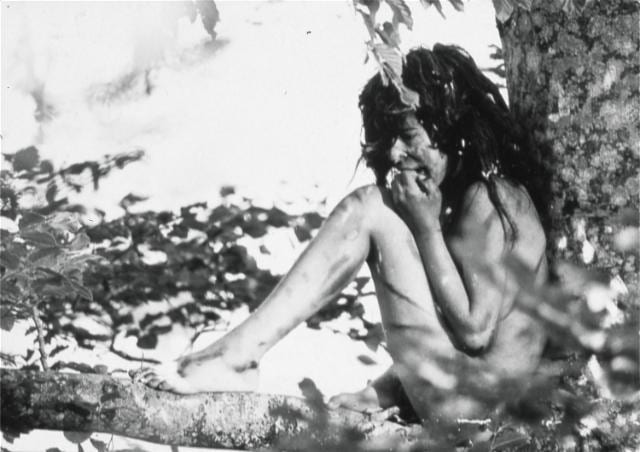
Source: onedio.com
The longer he stayed, the more he was able to communicate his wants and needs outside of the grunting and howling that he had become so accustomed to.
Trouble Eating
Initially, the boy would only eat his meat raw, and this never really changed. One of the missionaries notes in a letter to his friend that he would smell his food, similar to an animal would before consuming.
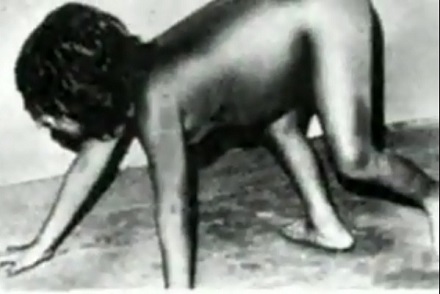
Source: onedio.com
The missionary wrote: “The facility with which they get along on our four feet (hands and feet) is surprising. Before they eat or taste any food they smell it, and when they dont the smell it they throw it away.”
Not the Only Feral Child
Strangely enough, Dina was not the only wolf child who was living at the Sikandra Mission Orphanage during his stay. If the superintendent who was running the orphanage is to be believed, Dina was joined by two more boys and one girl who also have been allegedly raised by wolves.

Source: timeline.com
Apparently, to one biographer, the orphanage was taking in so many wolf children, it became unsurprising when another child came in, having been discovered in the jungle.
Fact or Fiction?
It is hotly debated whether or not the missionaries were being truthful or not. Some believe that they were simply seeking out media attention for their own sakes and completely invented the children.
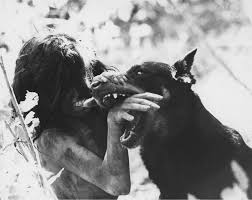
Source: popscreen.com
Others theorize that the children may have had separate mental or physical disabilities that had nothing to do with being feral. It is impossible to know exactly what happened all that time ago. There are many ways to look at it and only those there know the truth of what happened.
Strange Habits
Although Dina never learned to eat or speak like the humans around him, he did take up one exclusively human vice in his short time on earth.–smoking. How strange that a boy who was raised to think of himself like a wolf and even walked on all fours should take up a habit.
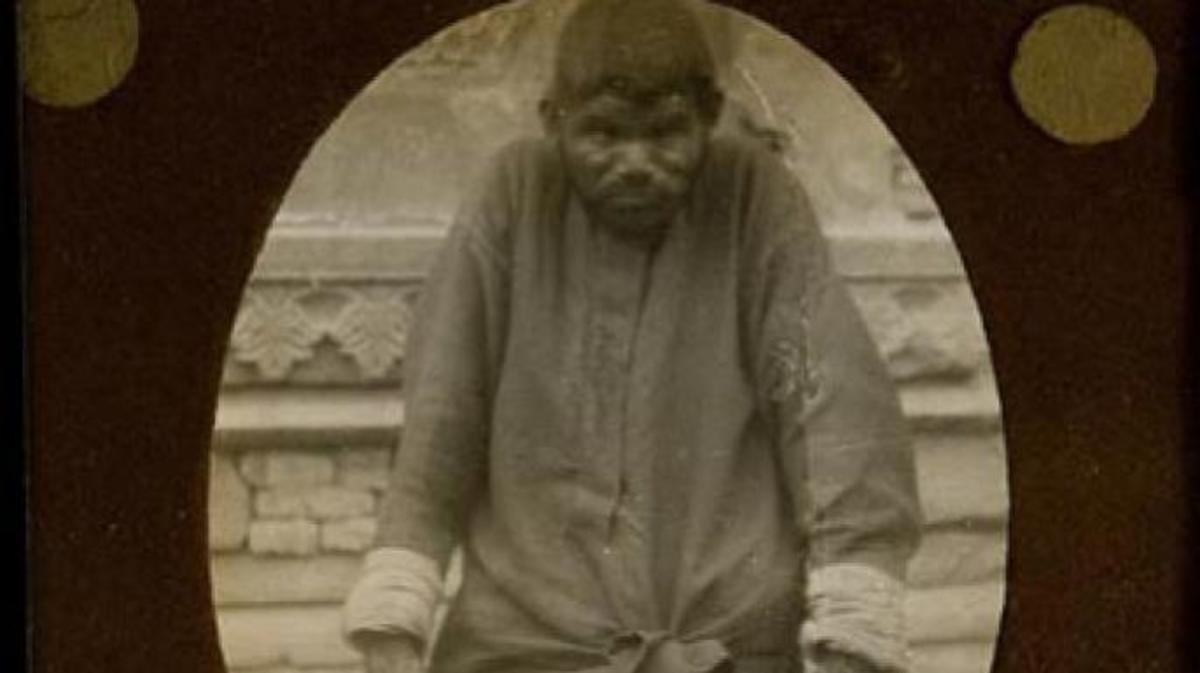
Source: history.com
A boy who sniffed his food the same way a wolf or a dog does, should somehow learn to hold onto a cigarette and inhale and exhale! Truly strange.
Arrested Development
Something that was noticeable to those observing Dina was the shortness of his physical structure in certain areas. Dina had a shortness in his arms that was not typical. The total length of his arms were only nineteen and a half inches.
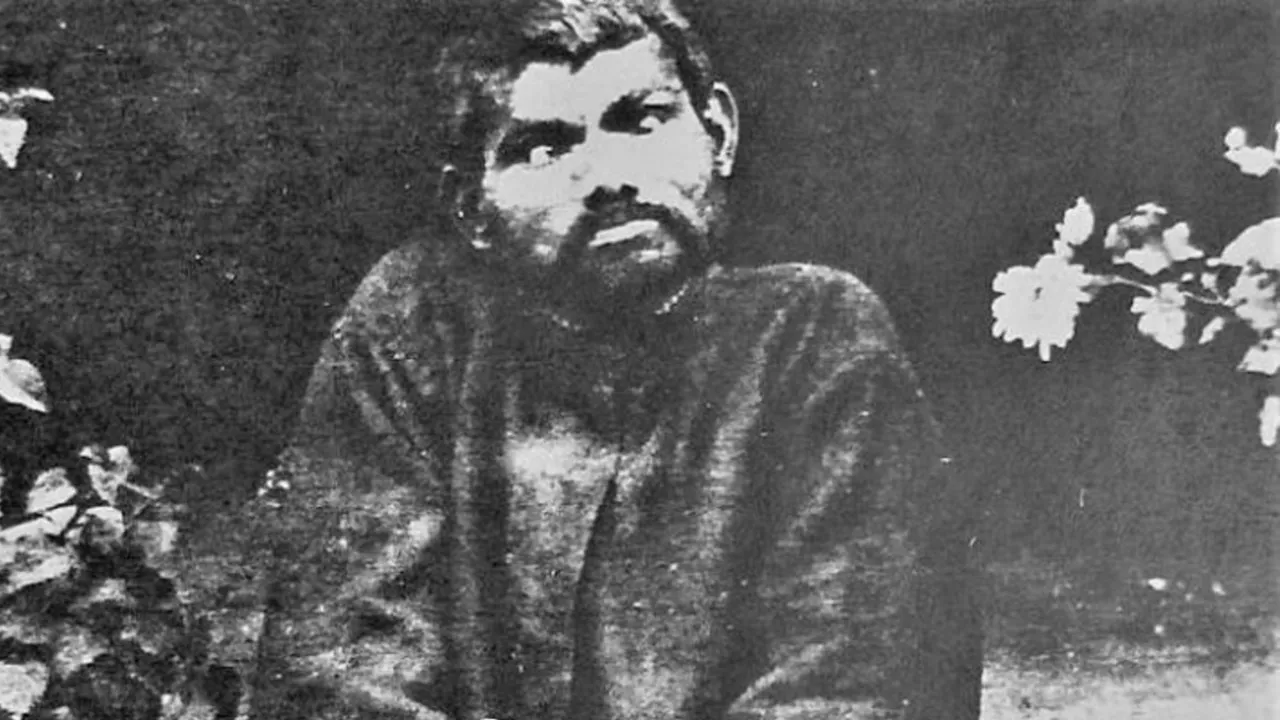
Source: grunge.com
His arrested development was caused by him having walked on all fours early on in his short life, as though he was not a human being, but a wolf.
A Short Life
Dina did not live a long life after he was taken out of the jungle from his wolf pack. He spent the rest of his short life in the orphanage that he was initially taken to. He spent 20 years there, and even after two decades his behavior remained noticeably absent from normal human behavior.
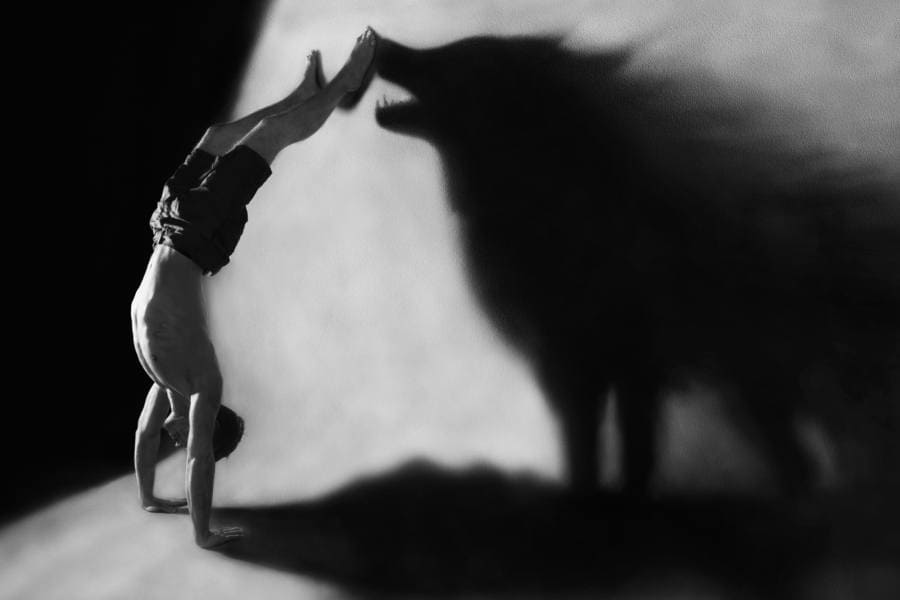
Source: thoughtcatalog.com
He was able to dress himself, could walk upright but could walk better on all fours, and was able to keep track of his own cup and plate. He died in 1895, apparently from tuberculosis.
The Jungle Book
Most of us have heard of the Disney film The Jungle Book, however you may not be familiar with its origins. The film was created after the short children’s story The Jungle Book by Rudyard Kipling. Kipling wrote the story in 1894, Dina the wolf boy died the following year.
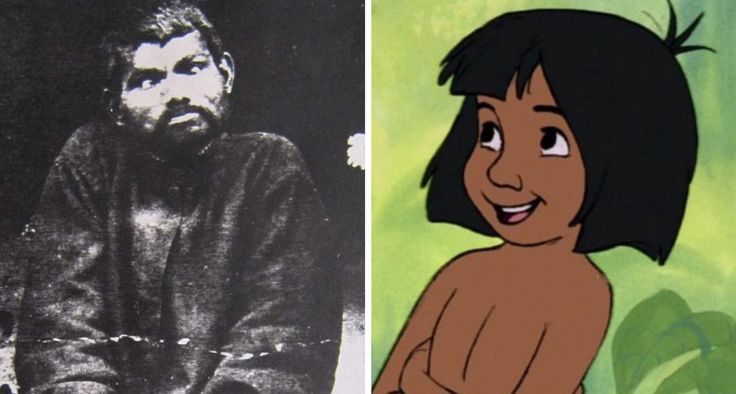
Source: boredpanda.com
Rudyard Kipling’s story is much the same as the Disney version. A young boy called Mowgli is raised by a group of animals in the jungle. Many believe that Kilping based his story off of Dina.
Not the Only One
As strange as Dina’s story was, he was not the only child who was discovered being raised by animals or being raised by nothing at all. Once found, they all had a difficult time trying to cope with the lifestyle thrust upon them when discovered by humans.
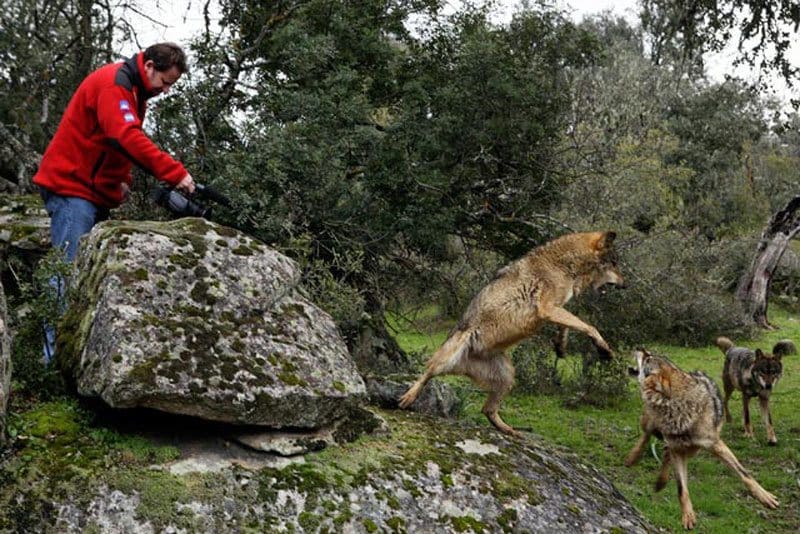
Source: elmundo.es
Each child had their own separate stories of how they ended up feral and abandoned, though for some it would forever be a mystery. In all cases, it was incredibly difficult to adapt to their new lives.
Wild Boy
A 12 year old boy was discovered living in the woods of France in the 1800s. He was a true miracle to have survived, as someone had cut the boy’s throat and left him to die out in the woods.
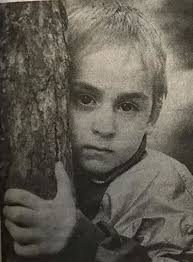
Source: kurir.rs
He had a thin and neat scar across his neck. Apparently, the boy had lived for anywhere from 5-7 years out in the forest by himself.
Taken Back to Paris
Once he was discovered, it was assumed that he would be a symbol of nature and innocence. They took him back to Paris and were prepared to welcome what they considered to be a miracle child.

Source: onedio.com
Natural philosophers and intellectuals were disappointed with what they discovered in the lost boy, he was not a noble savage as they had wished for.
Almost a Sad Ending to the Lost Boy
When the Parisians tried to interact with the boy, they were left disappointed and appalled by what they found. The boy could not speak any languages, he was dirty, he did not respond when spoken to, he smelled like the forest, and would rock back and forth.
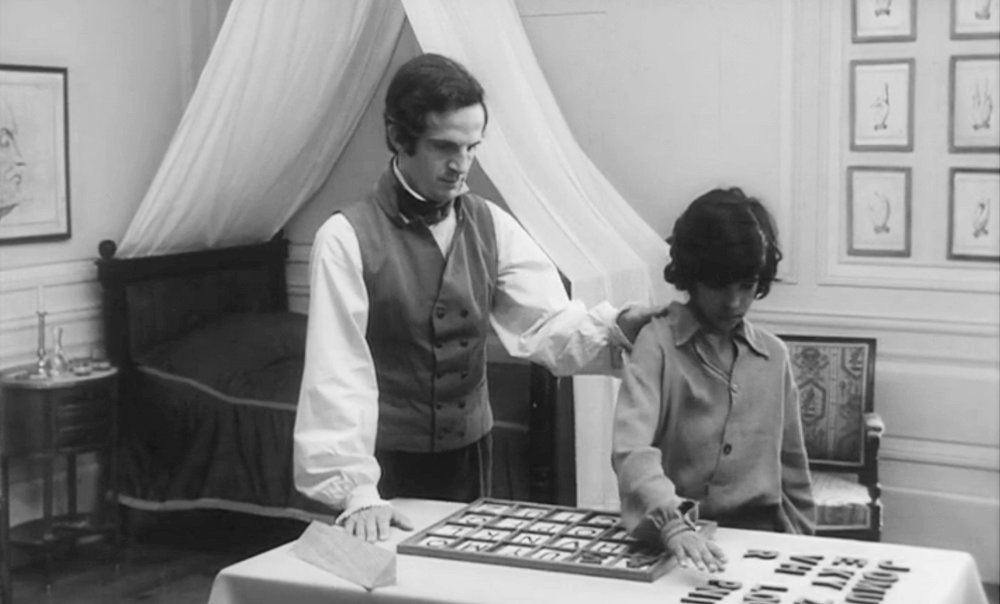
Source: pinterest
Unable to communicate with him, those around him quickly lost interest in him. He was not at all what they had hoped for and because of this, they were done with him.
The Boy’s Fate
The body’s inability to communicate with those around him left him vulnerable and he would have ultimately been placed into an asylum. However, he was spared.
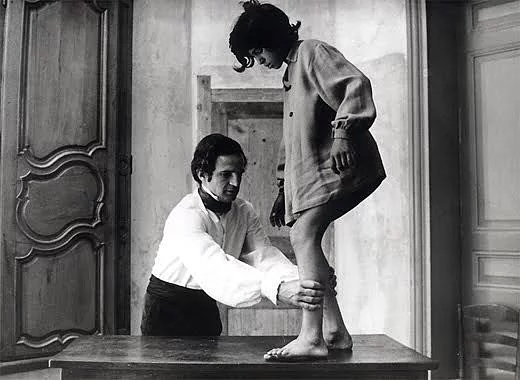
Source: onedio.com
However, a young surgeon named Jean-Marc Gaspard Itard stepped in and declared that the wild boy’s condition was a direct result of his abandonment and that there was no way that he could be expected to be normal after all he had been through. He took it upon himself to educate him.
The Girl Raised By Dogs
A girl named Oxana Malaya was discovered after apparently being raised by dogs. Her story was a tragic one, having been neglected by her alcoholic parents and left alone for the fundamental period of development in her life.
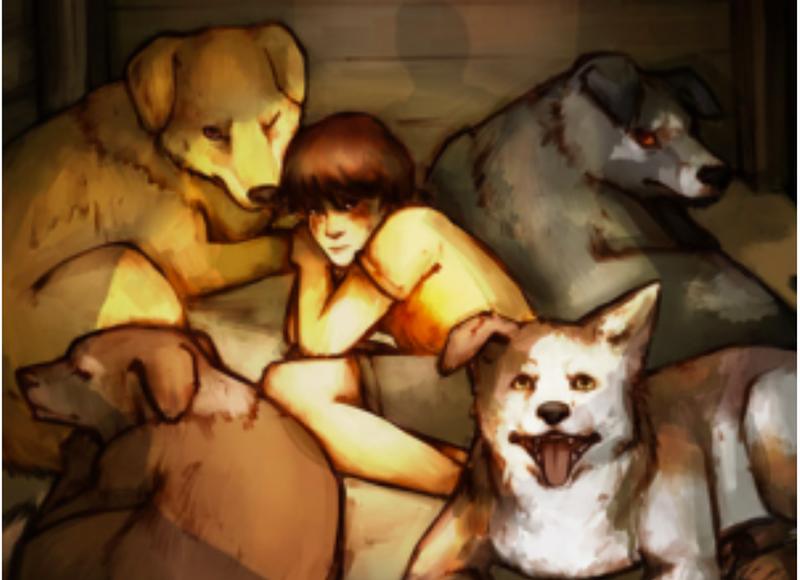
Source: bles.com
Apparently she was raised by herself and dogs in a kennel. Authorities were not notified until it was too late for her to develop the fundamental skills of language and communication.
Her Parents Hardly Noticed
One night after an evening of drinking, Oxana’s parents left her outside by herself overnight without realizing they had left their small daughter to fend for herself. To survive the coldness of the night, the child crawled into the dog’s kennel for warmth.
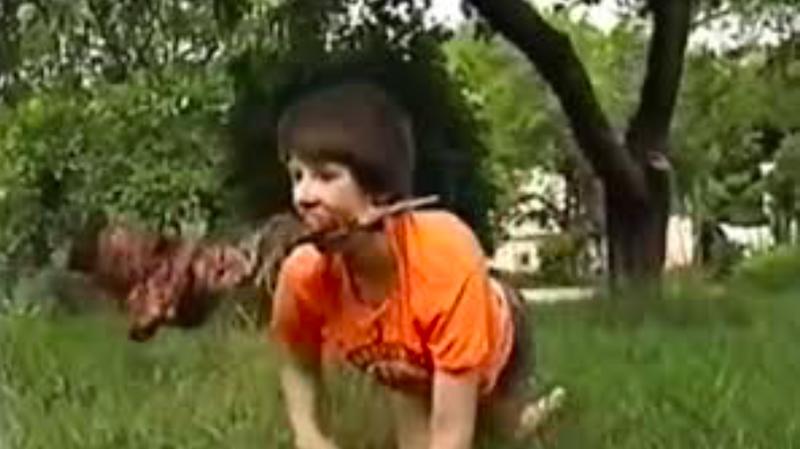
Source: thenarrowgateweb.com
Her parents were deeply neglectful and didn’t notice that the girl was missing from their presence, or simply didn’t care. This spiraled into a very unique situation.
Living In a Kennel
Oxana lived out of a kennel with her new acquired family and ate whatever scraps that they left behind. Though humans were in her background at a distance, and though she may have entered her house on occasion as though she were a stray dog, she no longer meaningfully engaged with her parents, and they did not care.
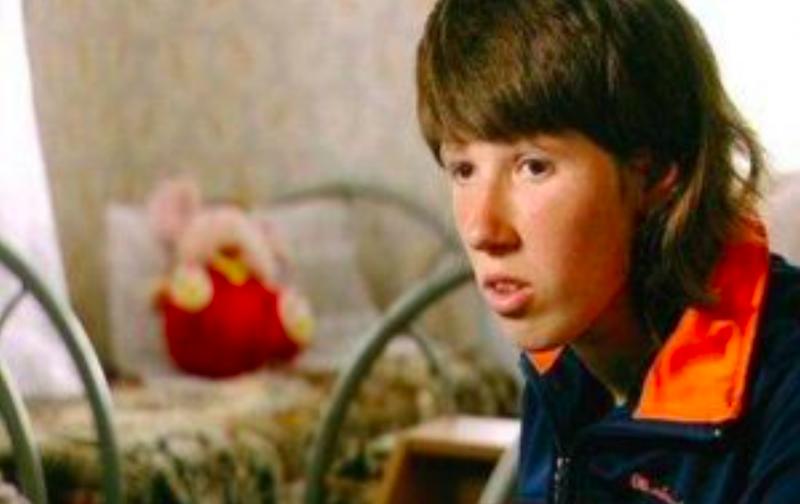
Source: smashinglists.com
All of Oxana’s meaningful interactions were now limited to the dogs that she interacted with, and she slowly began to behave less and less like a human being. Five whole years went by before her neighbors notified the police.
Rescued Too Late
By the time the authorities came to help the neglected child she had lost all ability to speak and was running on all fours like a dog. Due to cases like hers, we have learned that there is a small window where a child can learn how to speak. Once a child is neglected from this, by the time they reach age five, it is too late.

Source: spokesman.com
Upon her rescue from her strange and sad situation those around her tried to reinstate her human abilities. What they found was an uphill battle for the child.
Learning to Be Human
With help, Oxana was able to learn how to talk again. This was because before she became a feral outdoor child she had picked up on some childish speech and this helped her come back to that part of her mind.

Source: onedio.com
At the orphanage school she was able to learn to speak somewhat, walk upright, and to eat with her hands as opposed to grabbing food with her mouth.
Where is Oxana Now?
Oxana is now in her mid thirties and lives in a home for the mentally disabled. She has been given small duties, and one of them is to take care of the farm animals that live on the farm. Much to everyone’s surprise, she doesn’t spend much time with her own pet dog.
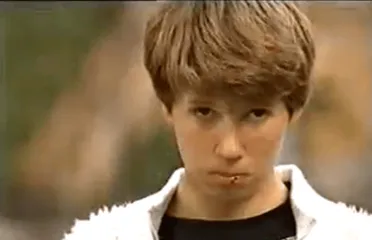
Source: starwination.com
When Oxana speaks, her tone is flat and has no emotion to it. She speaks almost robotically, but she is able to speak and communicate with those around her.
What the Experts Say
The experts who have had a chance to visit with Oxana have said that she has the mental capacity of a six year old child. Much like a child, she has a low tolerance for boredom.

Source: ladylike.hr
Oxana can follow directions well enough and she enjoys being the center of attention. Another interesting fact about the woman is that when she is given something, her first instinct is to hide it, like a dog with a new bone.
Isolated Children
Another case of an isolated child was that of a child called “Genie” in Los Angeles, California. She became another study of the psychology of children who are locked away from society and how that affects their brains.

Source: pikabu.ru
Genie’s story is a sad one. Much like Oxana, she had unkind parents, and this would stunt her for life in a horrifying way.
She “Hobbled” Like a “Rabbit”
It was an October day in 1970 when a small child hobbled into a Los Angeles county welfare office. She was withered and stooped and held her hands up “like a rabbit.” She looked to be about six or seven years old.

Source: psicoactiva.com
Her mother followed behind her and was completely stricken with cataracts. The mother had been seeking an office for services for the blind and had wandered into the wrong room. But the welfare officers were concerned about the young child she had in tow.
Worried for the Child
The welfare officers first assumed that the child had some form of autism. She could not speak, she was not potty-trained, and drooled and spat. She had nearly double the amount of teeth that a human has– a rare condition known as supernumeraries, a rare dental condition.
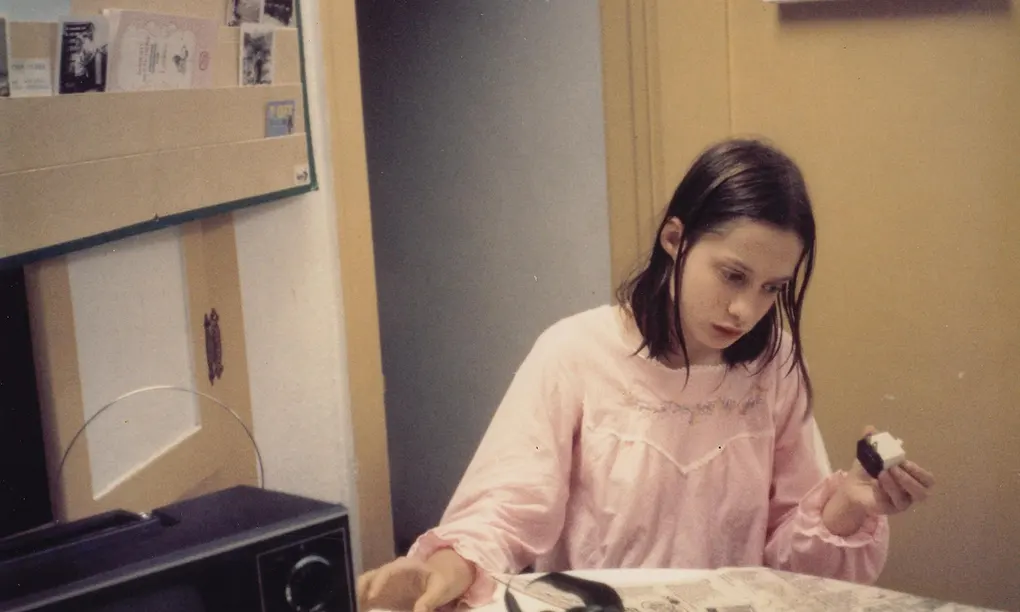
Source:
She also could not chew or swallow, she could not fully focus her eyes, or extend her limbs. She only weighed 59 pounds. She also was much older than 6 or 7, she was, it turned out, 13 years old.
Worse Than They Could Have Imagined
Little did the welfare officers know, they had uncovered one of the U.S’s most severe child abuse cases. The young girl was given the name “Genie” to protect her identity, as they became more aware of what the girl had suffered through.

Source: opinion.al
Much like Dina and Oxana, Genie had been starved of human interaction. Unlike them, Genie’s father was monstrous towards the young girl and had done an untold amount of damage.
A Deranged Father
Genie’s father had been a cruel and unwell man. He had strapped Genie into a handmade straitjacket and tied her to a chair in a room by herself since she was toddler aged. Genie was not allowed to cry, speak, or make any noise. Her father would beat her and growl at her like a dog.
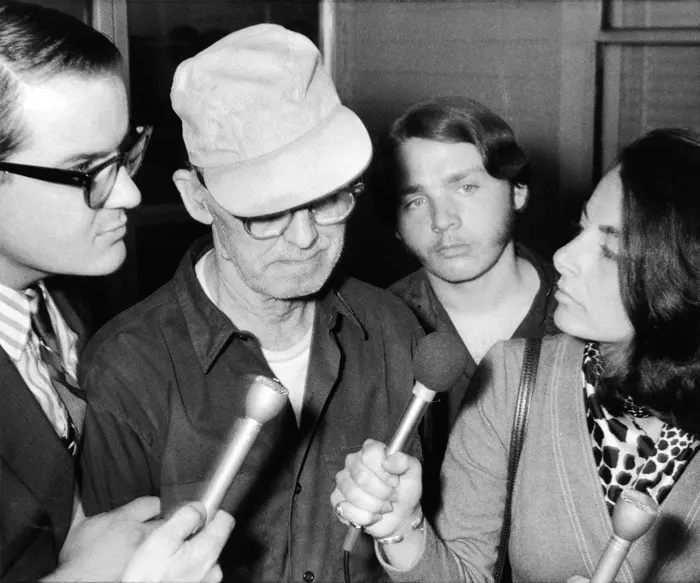
They lived in a suburban neighborhood on a quiet residential street in Temple City, a sleepy Californian town. And yet, here was Genie, a feral child.
A Controlling Man Who Did Not Want Children
Clark Wiley was Genie’s father. He was a controlling man who had married a woman 20 years his junior. He did not want to have children, and yet children still came. The first child they had died after being left in a cold garage.
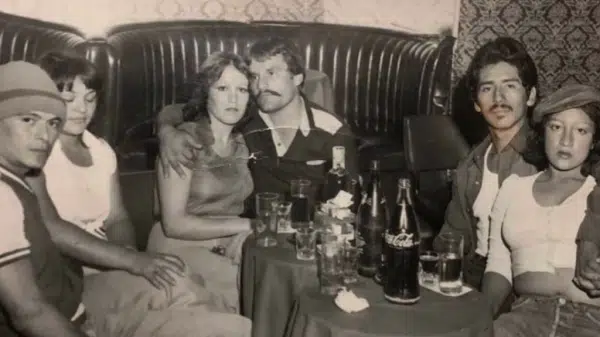
A second child died from birth complications. They had one son who survived, and then five years later they had Genie.
Anger and Paranoia
A drunk driver killed Clark’s mother and he began to really lose his mind. He beat his son and locked his 20 month year old daughter in a small bedroom all by herself where she could barely move.
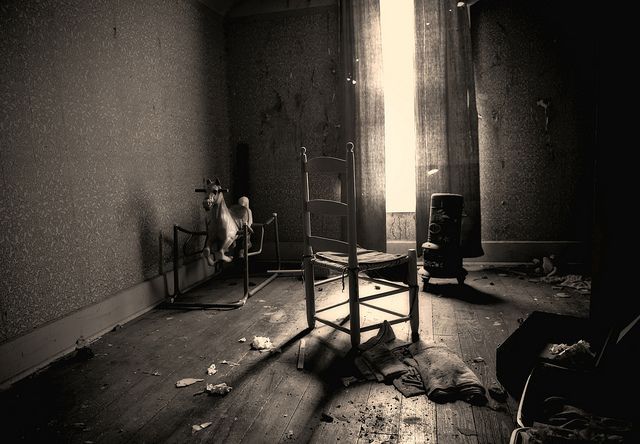
Source: pinterest
Poor Genie was harnessed to a potty seat, barely able to move, or constrained in a straight jacket with a wire mesh-covered crib. If she made noise, her father would hit her.
Finally Fleeing
Genie’s mother, Irene, was terrified of her husband. She also could not see well due to her cataracts. But in 1970 she finally decided to flee, and that is how she happened to wander into the wrong office in the welfare center.
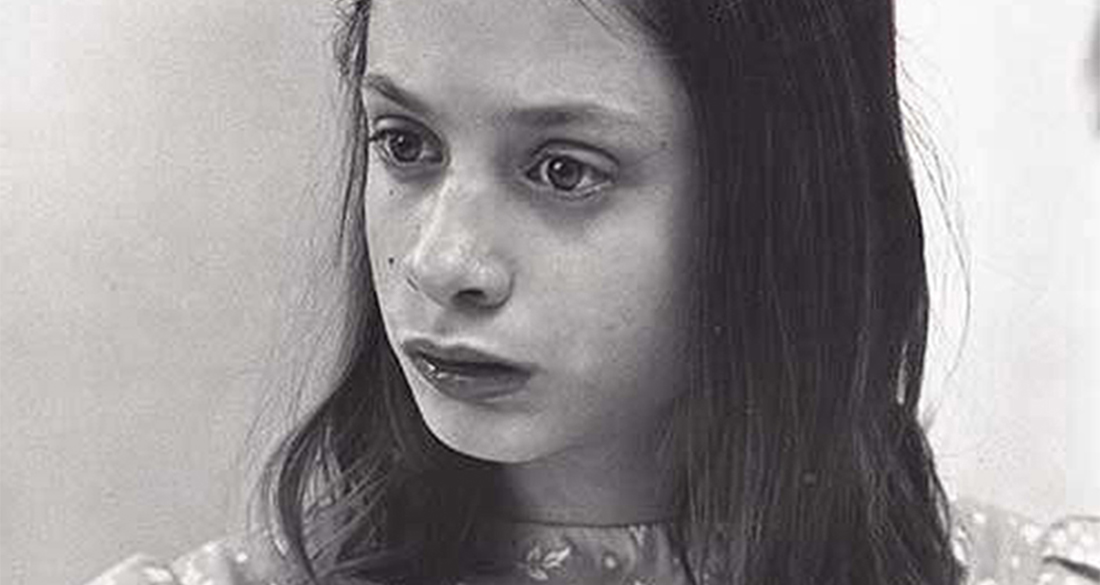
Source: blic.rs
Clark Wiley was charged with child abuse. He took his own life, writing in a note that “the world would never understand.”
A Few Words
Genie was able to speak only a few words. She could say “blue,” “orange,” “mother,” and “go.” However, for the most part she was silent. When she moved it was more of a shuffling and a bunny hop.

Source: ettoday.net
The child would soil herself when she was scared or stressed. Doctors called her the most profoundly damaged child that they had ever seen.
She Learned
At first, it seemed like Genie would be able to make progress. She could chew, play, dress herself, and enjoy music. She also seemed capable of expanding her vocabulary.

Source: techcrunch.com
She could also sketch pictures to communicate when words failed her. She also performed well on intelligence tests.
Something to Be Studied
Initially, Genie had made headlines. But soon she fell away from the attention of the world. However, scientists were fascinated with the young girl who grew up without language or social training.

Source: voices.org
Brain scans were taken of Genie, as well as audio recordings, countless tests, and papers were written on her.
Where Is She Now?
Genie became a ward of the state and was kept in a state-run institution. Her location was (and is) kept a secret. No one is allowed to speak with her, according to a woman who studied and became friends with the child.
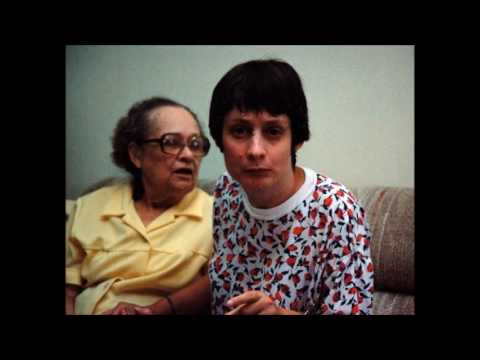
Source: notebooki.ga
Genie would be close to 60, but no one knows what truly happened to her. Did she ever learn to speak? Be happy? Only a handful of people in the world have the answers to that.
Wild Children
These feral children, while rare, are certainly a fascinating look at human development. They are also sad tales of children left behind by the people who were supposed to protect them.
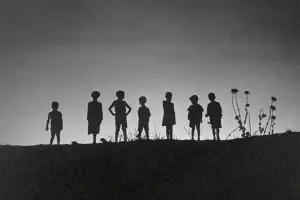
Here is to hoping that we don’t come across any more innocent youths who have had to fend for themselves or with the animals.
